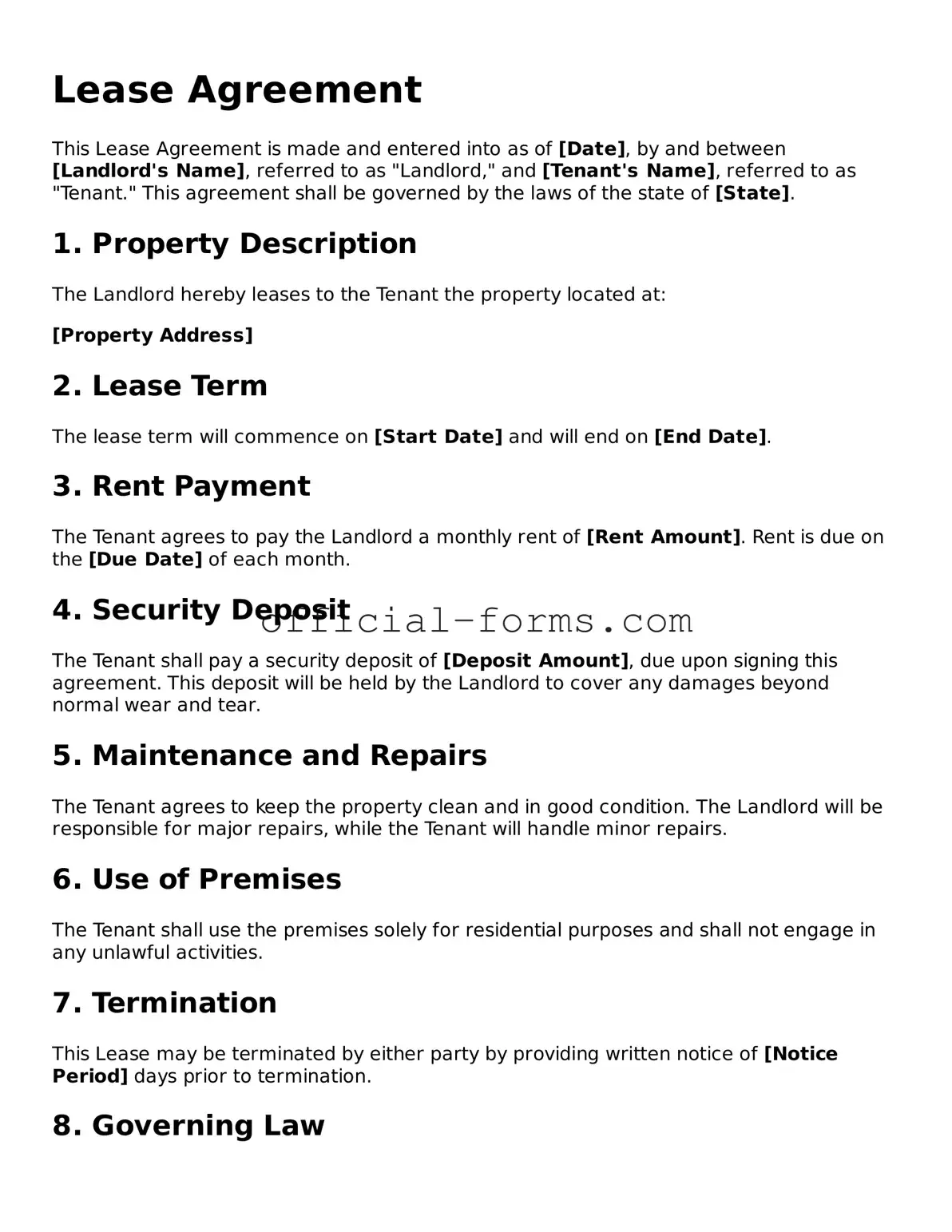Attorney-Verified Lease Agreement Template
A Lease Agreement form is a legal document that outlines the terms and conditions under which a property is rented from a landlord to a tenant. This agreement serves to protect the rights of both parties, ensuring clarity and mutual understanding. Whether you are a landlord seeking tenants or a tenant looking for a place to call home, a well-drafted lease agreement is essential for a smooth rental experience.
Open My Lease Agreement Now
